Germain Delatousche was one of them and he liked to paint a deserted Paris. We are in the Gobelins district, at the beginning of the 20th century, where there were still leather factories whose workers used water from the Bièvre which flowed and was covered in 1912. (see photo)
The workers nicknamed the bosses “The Monkeys” hence the name “Monkey Island”. J'y
This urban landscape emanates a melancholy, a poetry, and a real beauty, through the graphics, the colors and the indescribable life behind each stone, that Huysmans, the writer, magnifies: “At number 19 a narrow door opens the entrance to the Moret passage. A cabaret painted in brick red, “Au caveau de l’île des Singes”, evokes the playful name of the place” (see photo).
We find this same poignant atmosphere in the works of Marcel Leprin, Takanori Oguiss or in certain painters of “La Jeune Peinture” Bernard Buffet, Paul Rebeyrolle.
Germain Delatousche was born in Châtillon-en-Dunois on August 27, 1898 and died on October 31, 1966 in Bouguenais.
Son of a gardener, he became an apprentice glass painter at the Lorin workshops in Chartres until 1915.
He moved to Paris and took part in the Salon des Indépendants from 1919 until 1929, as well as in the Salon d'Automne. from 1925 to 1929. Founding president of the art group: “Les Compagnons” he exhibited in numerous galleries such as the Lorenceau gallery, the Devambez gallery, the Palette française…
Oil on canvas in perfect condition “G Delatousche” at the bottom on the left, with a number "315" and located on the back "Paris XVIII Monkey Island ruelle des Gobelins".
Size: 21,7 x 18,1 Inches without frame and 26,4 x 22,8 Inches with its copper-tinted wooden frame.




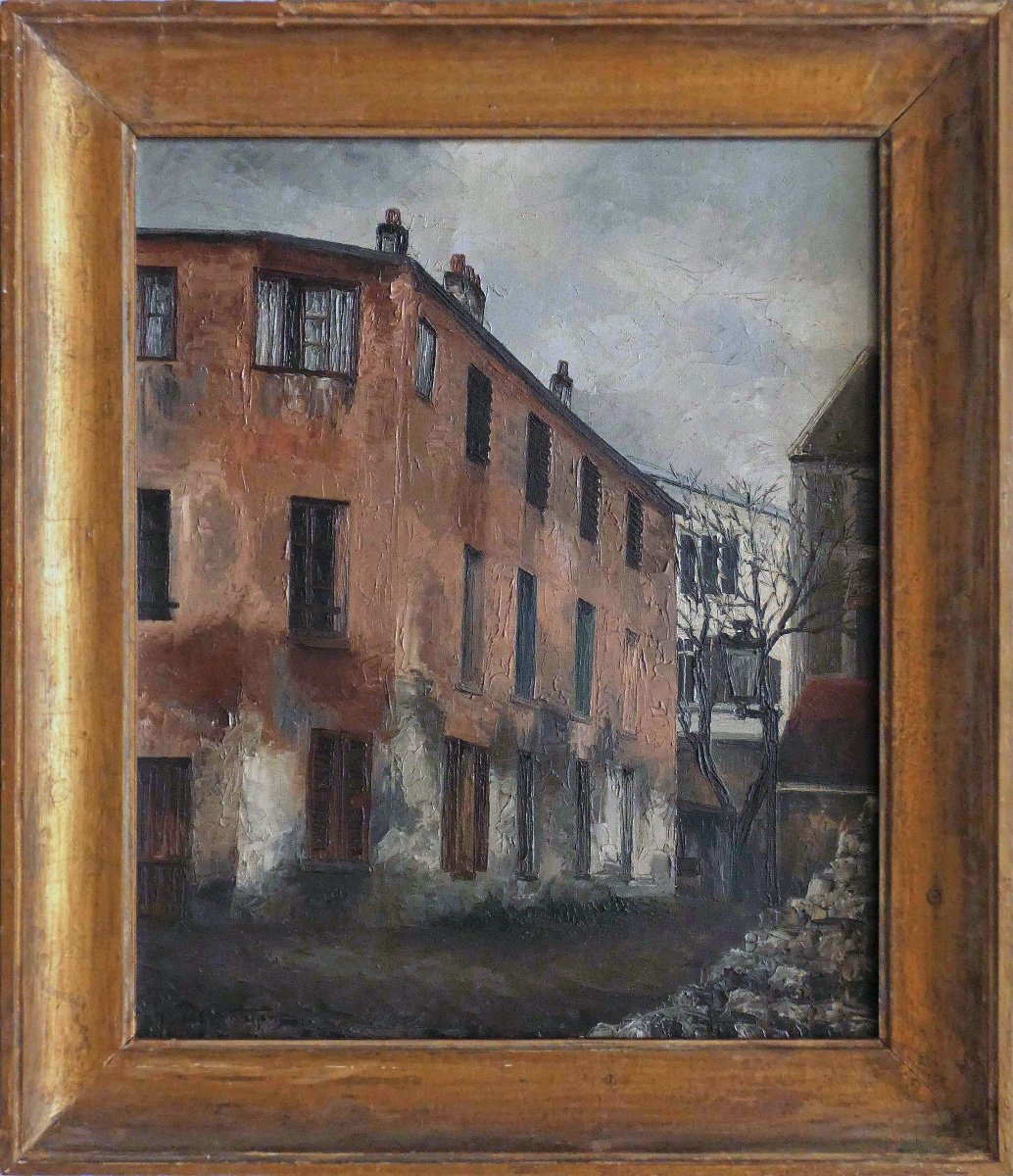



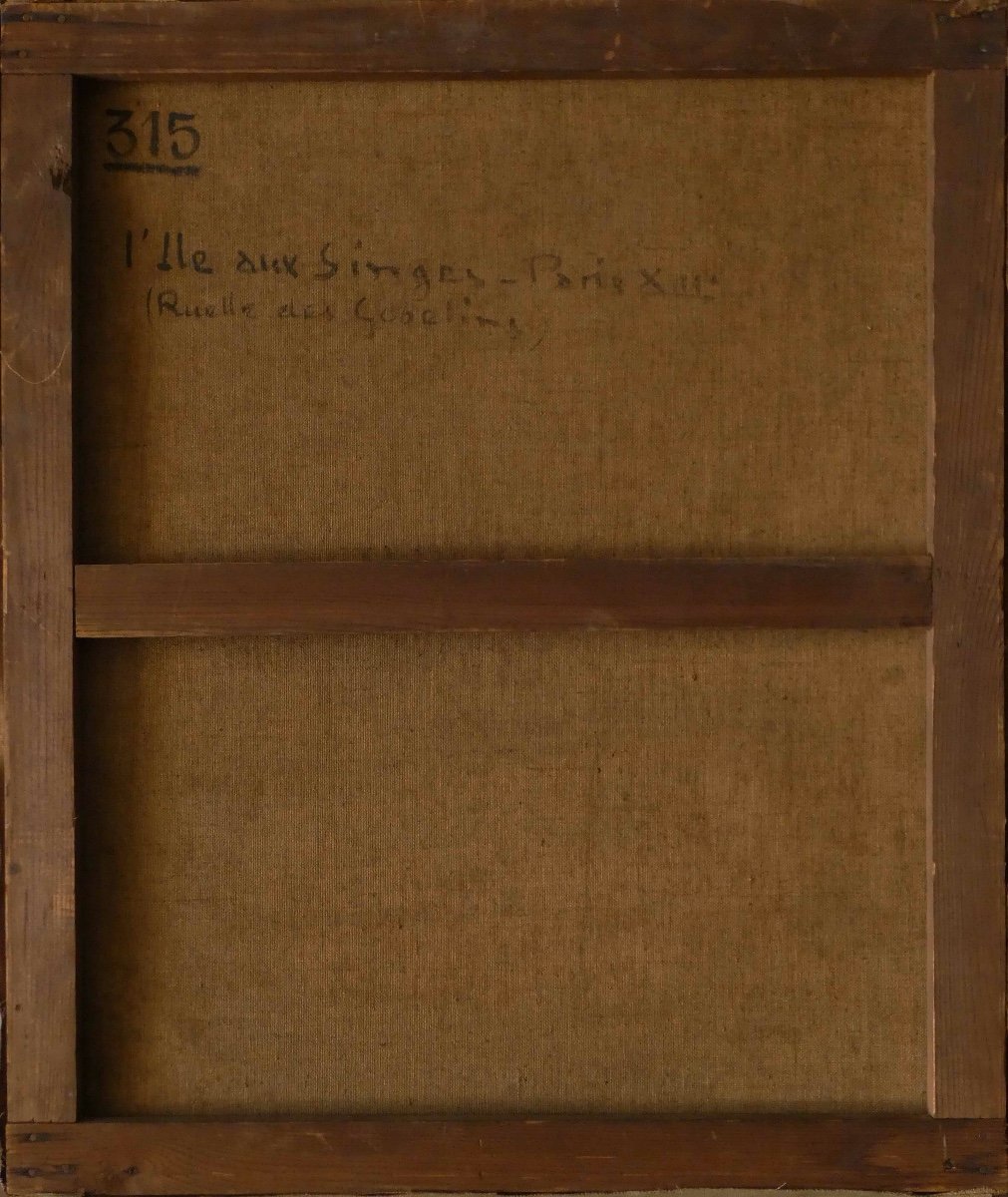







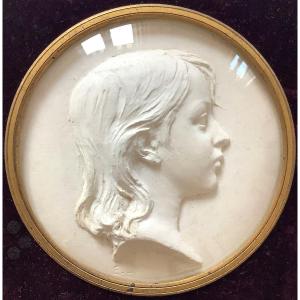


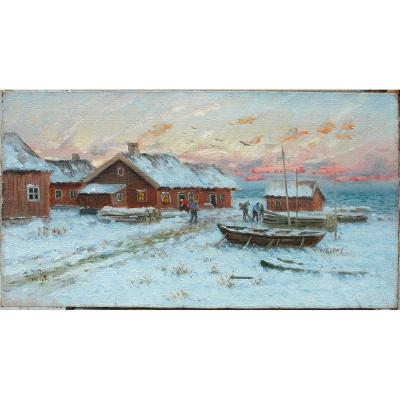

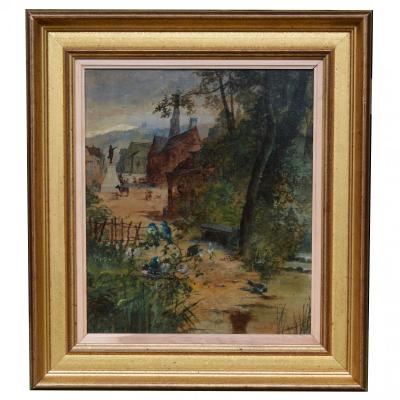





 Le Magazine de PROANTIC
Le Magazine de PROANTIC TRÉSORS Magazine
TRÉSORS Magazine Rivista Artiquariato
Rivista Artiquariato
